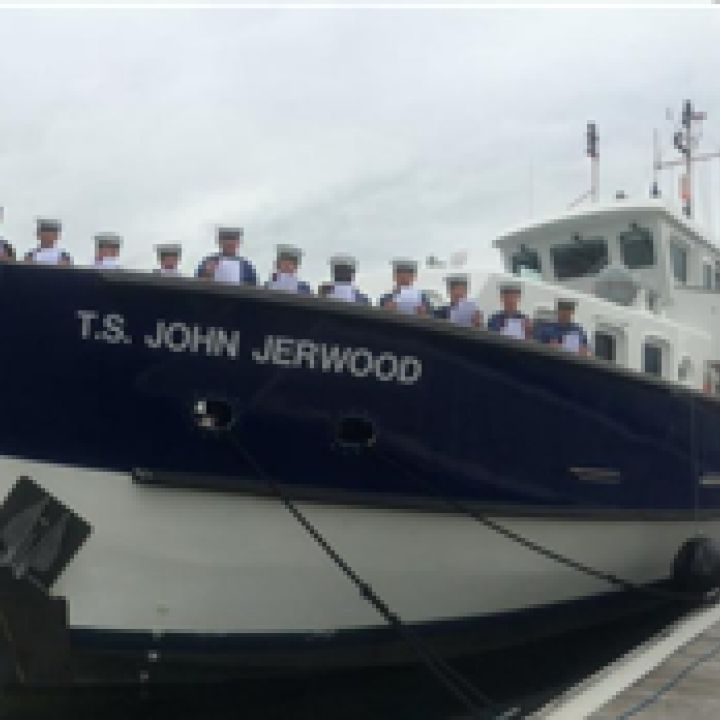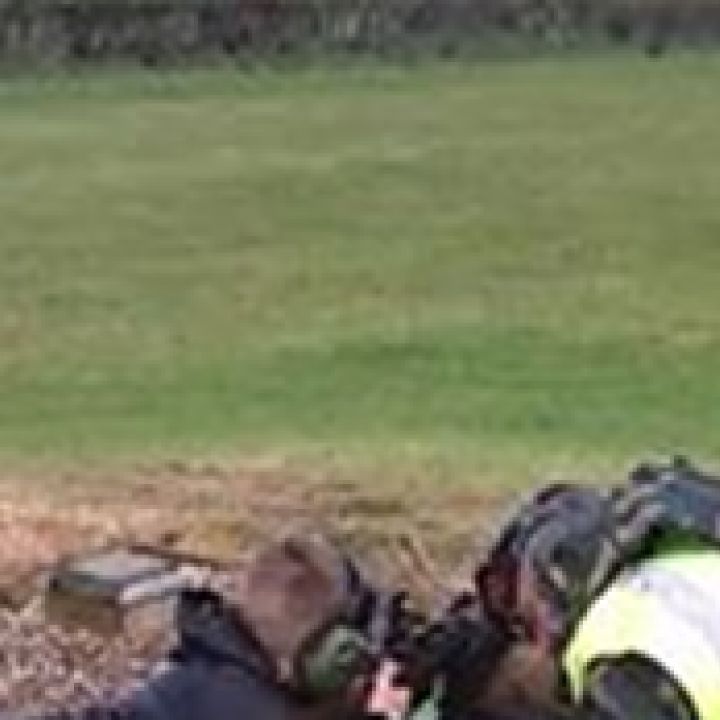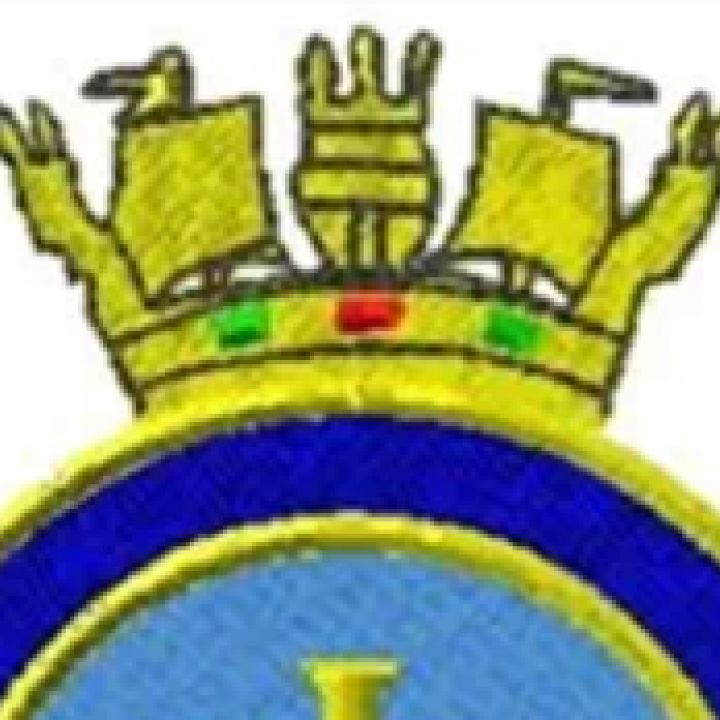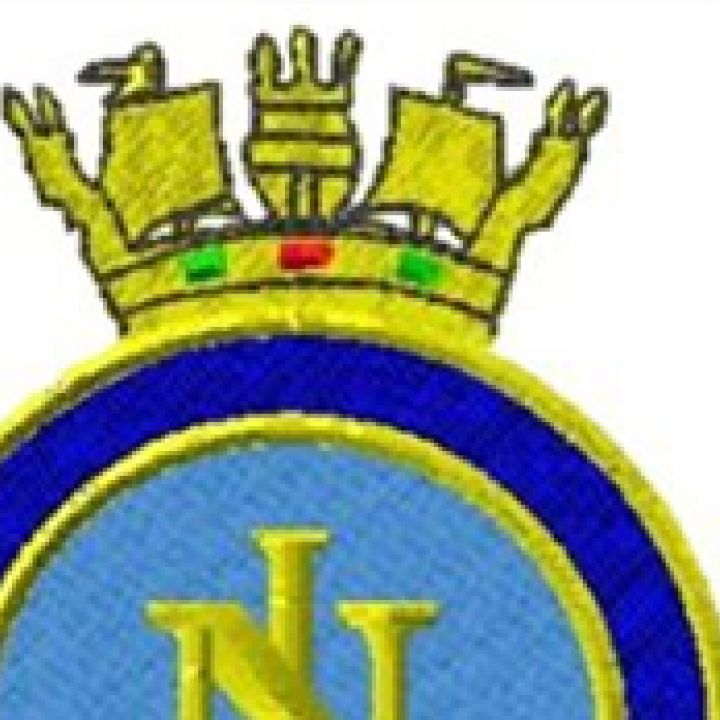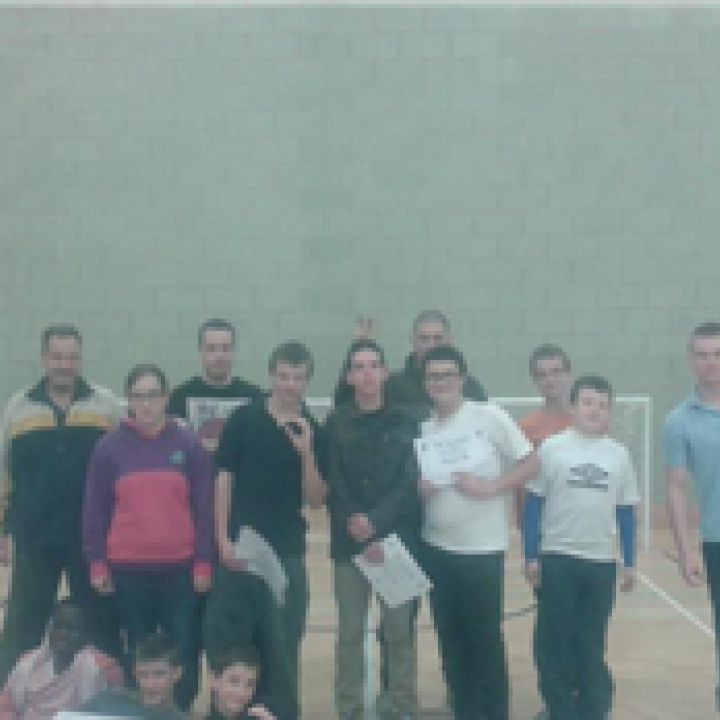At 0730 on Saturday 24th May 2014, 12 cadets lead by Lt Grieve and P/O Austin gathered at Norwich Railway station to travel to Troon in Scotland for their annual sea training. Travelling to Stansted airport then flying to Glasgow airport. From there we caught a train to Troon but had a mile to walk to the ship which was tucked away in the farthest reaches of Troon Marina.
On arrival we were told to leave our baggage on the pontoon and we were briefed on who slept where and the watches we were in.. . . The following day was spent on safety training and fitting everyone with foul weather clothing and lifejackets. The briefing drew heavily on the fact that no-one was allowed on the upper deck at sea without a life jacket. Soon after lunch the ship sailed and headed down the narrow channel out of the marina into the Firth of Clyde. The Captain insisted that a cadet should be on the wheel on doing this, a policy which was maintained throughout the voyage.
Late Sunday afternoon saw the JJ arriving at Cambletown. This is a town which has only one main street but is steeped in Scottish history, and it was painful to see how the recession had effected the whole town. There were so many shops/buildings closed and boarded up. Cadets didn't stay long ashore there (no McDonalds).
The following morning we sailed, and made our way North anchoring off the small town of Lamlash for lunch, then continuing north up the Firth of Clyde besides the Isle of Butte to Tarbert arriving at about 1700. The cadets were allowed 3 hours shore leave and they rushed to get changed into civy clothes to take full advantage of whatever Tarbert had to offer. The First Lieutenant said to me that they would all be back in less than half an hour. If he had been a betting man he would have lost, it took them 35 minutes, they came running along the road with a swarm of midges surrounding them.
The next morning arrived minus the midges, and after breakfast we sailed north accompanied by some dolphins/porpoise up Loch Fyne to Inveraray. On arrival we positioned the ship to berth on the old wooden jetty when a man ran towards us shouting that the jetty was condemned and that we would have to anchor. Leave was given to all cadets who were landed on a small beach besides to old jetty, but again they didn't stay ashore too long as Inveraray is quite small and 12 cadets filled it up quite quickly.
It was just outside Inveraray the Duke of Argyle has his estate. This estate was taken over during WW2 to train the Commandoes of Combined Operations, this continued until approx 1970 when the estate was handed back to the Duke of Argyle.
Staying at anchor overnight the bows were pointed back down Loch Fyne and up the West side of the Isle of Bute passing the small town of Tighnabruaich then turning East through the narrows at Colintraive towards Loch Striven then on to the Rothesay Sound and joining the Firth of Clyde again.
Thursday night found us berthed at the marina at Inverskip, again the cadets were allowed leave, but were back on board by 2100. The marina had a very narrow entrance and was huge, with some VERY expensive yachts berthed there.
The following morning after breakfast we sailed. South and travelled down the west side of the Isle of Arran. Circling around the South of the Island we headed North up to the Marina at Largs, where we berthed for the last time of the trip.
After berthing in Largs the cadets were occupied with returning the foul weather clothing and lifejackets which had been issued at the beginning of the week and getting the last of their task books signed off, not to mention the small thing of packing their gear for home.
The journey home was a reverse of the outward journey and at about 1830, to the relief of parents gathered at the barrier cadets were reunited safely with their families. The training week went well. All cadets received a qualification and received an experience at sea in good weather even if Norwich was bathed in heavy rain during the week.
To end this report I would like to place on record that the permanent crew were fantastic. The Captain was Commander Adam Peters RNR, who had so much patience and explained so much to cadets with little or no experience of bridge duty's. The First Lieutenant was Mr Colin Ridley who works from the Offshore Office and who's instructional technique was a pleasure to watch. The way he interacted with the cadets was first class, if a cadet didn't understand he always had another way of explaining it. S/Lt McKay from Yorkshire was the engineer and patient explanation to each cadet the workings of the engine room and the remote controls situated on the bridge. Last but not least was CPO McEwan from Workington, Cumbria. She was the cook and Coxswain for the trip. Her job was probably the hardest on the ship. She was the 'Mum' from home, discipline enforcer, organiser, as well as the cook. She managed to do all of these jobs without making anyone walk the plank as well as turning out some very nice meals.

